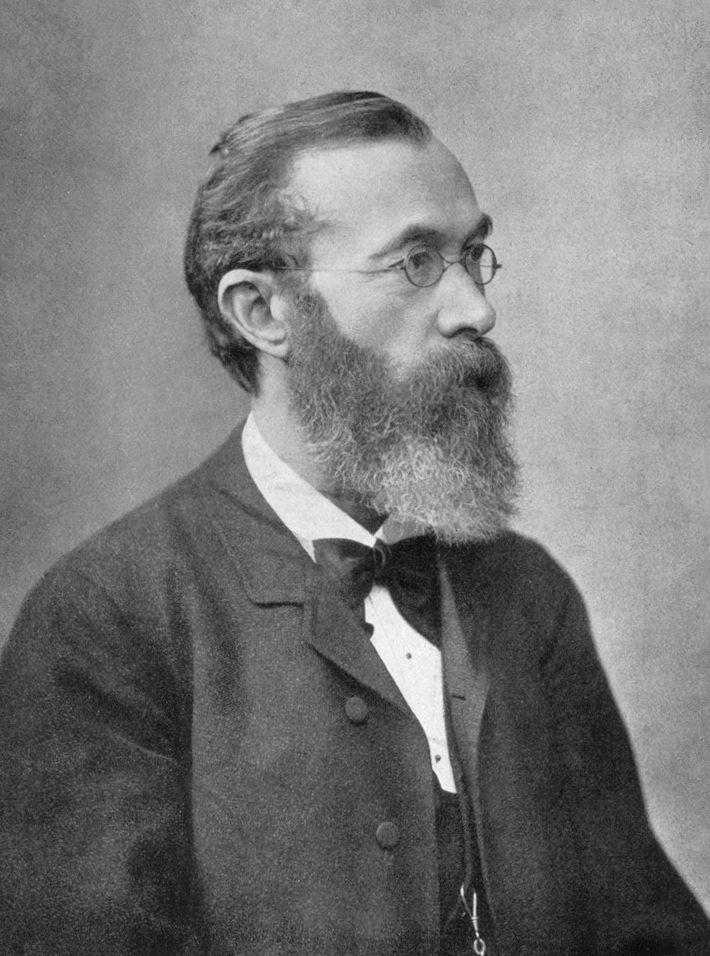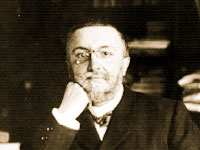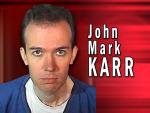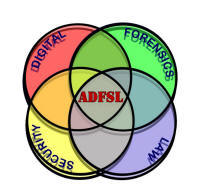
The primary aim of criminal profiling is to reveal the behavioral make-up of an unknown offender. To understand how this can be achieved, this blog item draws upon Robert Keppel's analysis of the Jack the ripper murders in order to examine the concept of signature behavior and how this differs from the offender’s Modus Operandi.
Modus Operandi I’m sure you’ve all watched a film or TV series where a detective at a crime scene asks ‘what’s the MO?’. MO stands for Modus Operandi and it literally means way of working, and it’s what an offender does in order to carry out a crime. For example, a burglar who always uses a glass cutter to gain access to a house is demonstrating an aspect of his or her MO or way of working. From an investigative point of view analysis of the offenders MO can be used to link cases at crime scenes, however, a major stumbling block is that an offenders MO (way of working) can change.
Consequently, according to criminal profilers you have to analyse behavior that transcends the MO. Innate behavior that is static and rigid; behavior that remains the same over time. This behavior relates to the things offenders are psychologically compelled to do over and above what it takes to commit the crime, and in the world of criminal profiling, this type of behaviour is known as signature behavior.
Signature behavior A very useful two part definition of offender signature is provided by Brent Turvey.
Signature Behaviors Signature behaviors are those acts committed by an offender that are not necessary to complete the offense. Their convergence can be used to suggest an offender’s psychological or emotional needs (signature aspect). They are best understood as a reflection of the underlying personality, lifestyle, and developmental experiences of an offender
Signature Aspects The emotional or psychological themes or needs that an offender satisfies when they commit offense behaviors.
Robert Keppel has written widely on criminal profiling and signature behavior and analysis. In 2002 I was fortunate enough to hear him speak at a forensic science conference in Atlanta. Entitled ‘A signature analysis of the eight Whitechapel murders attributed to Jack the Ripper in 1888’ Robert Keppel's presentation sought to explain the processes involved in linking murder cases through Modus Operandi and signature.
The reason I want to include it here is that I remember thinking at the time, and still do, that it provides an excellent way of showing how the MO and signature differ in terms of what they tell you about a particular crime. The following information is taken from Keppel’s abstract in the conference proceedings.
Jack the Ripper’s Modus Operandi He attacked white female prostitutes in their 40’s in a cluster of victims within a short distance of each other. The first four victims Mary Nichols, Annie Chapman, Elizabeth Stride and Catherine Eddowes were killed and found outdoors in the Whitechapel area; then he changed his MO by killing and leaving the fifth victim Mary Kelly, indoors. By choosing to murder Kelly indoors, the killer demonstrated that he was an experienced night time cat burglar and stalker, as he attacked all his victims in the early morning hours when dawn was approaching
Jack the Ripper’s signature Remember this relates to what he did over and above what was necessary to commit the crime, it transcends the MO Each victim was posed in a sexually degrading position, intentionally left that way so the discovery of the bodies would startle the people who found them. They were not concealed or hidden away, but placed in locations where they would be easily discovered. The placing of the victims on their back, grotesquely laid out with their throats cut and viscera exposed or missing, reflect the cruel reality of the killer, his total mastery over their bodies. The pleasure for the killer was demonstrating each victims vulnerability.
Incidentally Keppel does not believe that all the murders attributed to Jack the ripper where in fact carried out by him. He claims that in the case of three of his alleged victims there were fundamental differences in the signature of the crimes.
However, there is no doubt that like his fellow writers on the topic Keppel firmly believes that signature behaviour represents a real and intrinsic part of the offender’s personality.
"Hidden among the evidence, often gleaned from the marks and wounds on the victim’s body…these signatures are the only ways the killer truly expresses himself." (Keppel & Burns).
Click Here To Find Out About The History of Criminal Profiling and The FBI Legacy
 I came across an article which includes an interview with retired FBI agent Robert Ressler.
I came across an article which includes an interview with retired FBI agent Robert Ressler.








